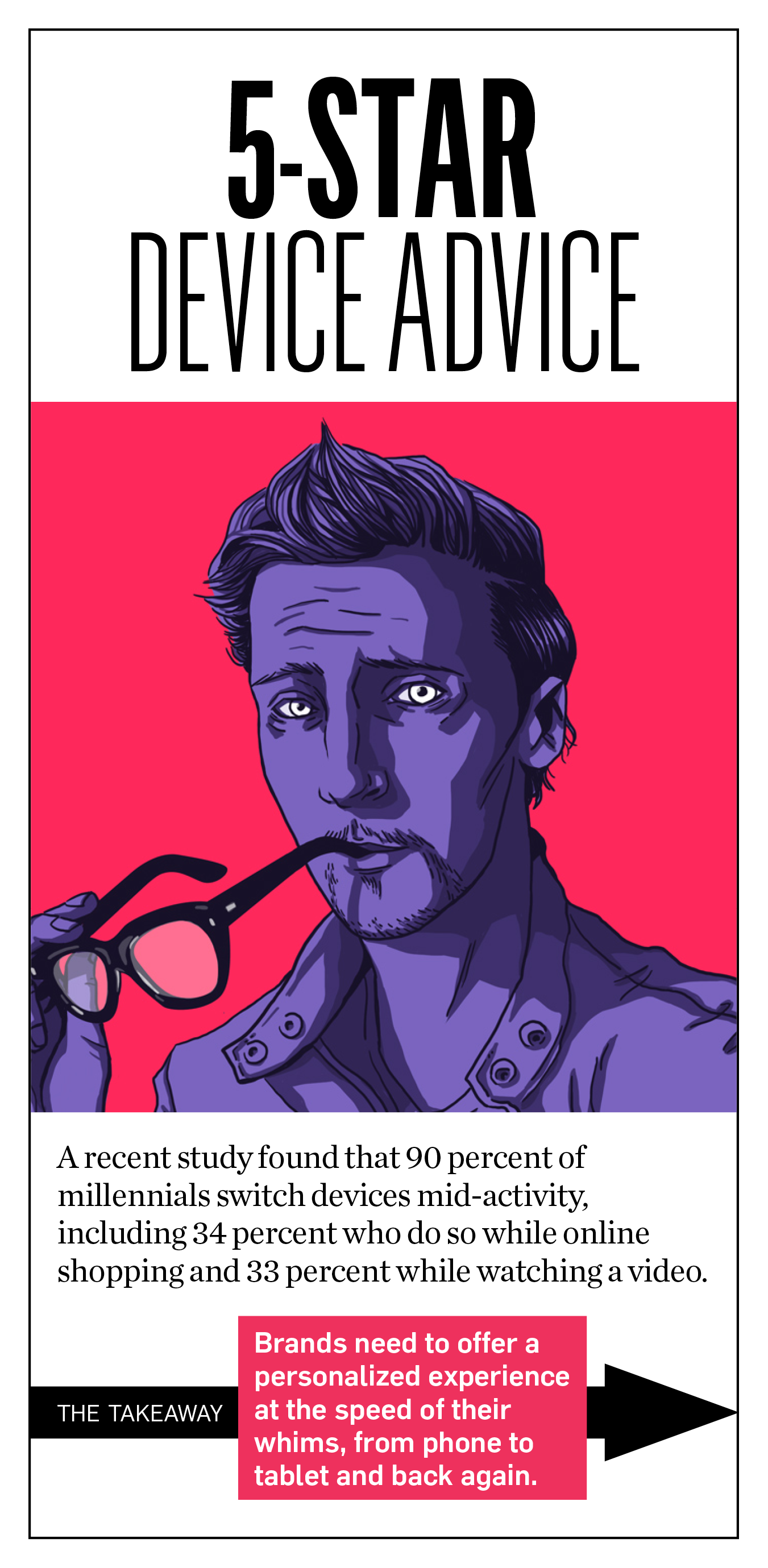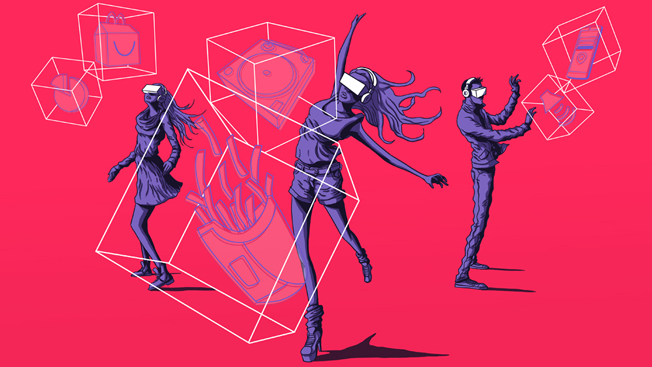For many brands, curating a cutting-edge customer experience at the pace of technology can present a real challenge. Emerging tech is unpredictable, and brands don’t know where they’ll need to connect with their customers next. After all, it wasn’t long ago that tweeting was something only songbirds did.
But in an age of uncertainty, one thing is clear: Not even the most established brands can afford to turn a blind eye to the tech-driven future of customer experience.
“Your company doesn’t define customer experience,” wrote Michael Hinshaw, CEO McorpCX, on CMO.com last month. “Customers do. As a company, your job is to understand and manage it.”
Among the brands rising to the challenge is Ford Motor Company—the same brand that a century ago made the auto-buying experience possible for middle-American consumers with its revolutionary, cost-cutting assembly line.

This April, Ford will launch FordPass, a free platform that aims to streamline drivers’ daily lives. Through the FordPass app, vehicle owners—Ford or otherwise—can start their car remotely, find and pay for parking, call roadside assistance, earn and redeem rewards from partners like 7-Eleven and Spotify and even get free, personalized assistance from an actual human being at the push of a smartphone button.
“The FordPass platform is about understanding people’s needs and developing great experiences and ways to help them move better,” says Elena Ford, vice president for consumer experience.
Eighteen months in the making, the platform is part of Ford’s larger push to become more than just an automaker. “We know that there are pain points associated with mobility, and so we’re expanding our business to be both an automaker and a mobility company,” says Ken Washington, vice president of research and advanced engineering. “The digital ecosystems that we all have in our lives, from smartphones to connected homes to digital consumer devices, it changes our expectations of transportation, of mobility.”
Ford isn’t the only legacy brand making waves in the CX space. At Austin’s South By Southwest Interactive Festival last month, one of the most innovative experiences came from another decidedly familiar brand: McDonald’s.
The fast food giant’s lounge featured a virtual reality experience that channeled the desires of inner eight year-olds everywhere. Donning an HTC Vive headset, users could step inside an unmarked, larger-than-life Happy Meal box, then decorate it paintball-style with splats of virtual color using two handheld controllers.
Juvenile? Perhaps. But also effective: CNBC called the Happy Meal fantasy world arguably “the most buzzed-about virtual reality experience of the festival.”
This wasn’t the company’s first foray into virtual reality. In February, McDonald’s Sweden debuted Happy Goggles, a Happy Meal box that folds down into a VR viewer—pretty hip for a brand that’s almost old enough to receive Social Security benefits. And in the real world, McDonald’s will soon expand its CX offerings to include mobile ordering, according to TheStreet.
“When we think about the customer experience of how people get their food from McDonald’s, we want to do a much better job on behalf of the customer,” says Atif Rafiq, chief digital officer. “We think technology plays a huge role in making that experience more streamlined.”
The future of customer experience is as exciting as it is unpredictable—and that’s the point. For marketers, the goal is to remain relevant and continually think outside the box—or in the case of McDonald’s, a Happy Meal box.









